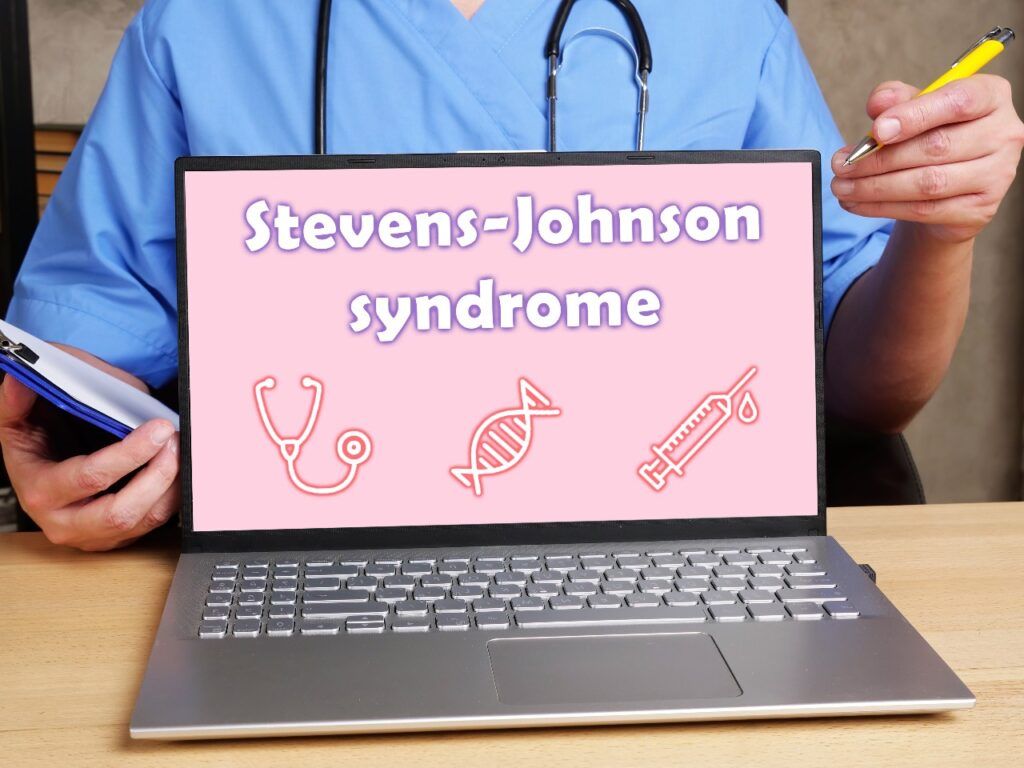Stevens Johnson Syndrome, a Severe Rash Allergy Caused by Medication: Who’s Affected?

Certain medications may trigger a rare but potentially lethal allergy that causes burns and blistering. If you or someone you love has suffered from Stevens Johnson Syndrome or Toxic Epidermal Necrolysis, an attorney may be able to work on your behalf to obtain compensation.
Hundreds of Americans every year develop a severe rash from a reaction to medication, causing the skin to burn from the inside out. The condition is known as Stevens Johnson Syndrome, or SJS. The condition can develop into a condition known as Toxic Epidermal Necrolysis, which covers beyond 30 percent of the body and can be fatal and cause permanent injuries.
SJS, which causes blisters and skin burns, and TEN, also known as “Lyell’s syndrome” are almost always triggered by a drug.
An SJS lawsuit may be necessary to recover money from the drug maker for inadequately warning them about the risk of SJS.
Do You Qualify?
If you’ve suffered from symptoms of Stevens Johnson Syndrome or Toxic Epidermal Necrolysis after taking medications, you may be able to obtain compensation from the drug manufacturers. SJS and TEN are serious and can be fatal.
If you’re experiencing symptoms currently, you should contact your doctor immediately.
Fill out the form on this page for more information.
Stevens Johnson Syndrome Symptom
The initial signs and symptoms of SJS may mimic those of the flu or other common illnesses. They include a fever, body aches, sore throat or difficulty swallowing, headaches, chills, joint pain, and cough. Then the illness presents symptoms relating to the skin. Lesions may resemble a bull’s eye. A rash typically begins on the face or upper chest, palms, and soles. It may spread and become itchy and painful. Peeling skin is a common symptom. If the rash spreads to more than 30 percent of the body, then it moves to a TEN diagnosis. TEN patients resemble patients with severe burns. Blisters may form in the linings of the mouth, nose, and genitals. It can also affect the eyes, skin pigmentation, and even permanent loss of nail beds. It is very important to seek treatment for SJS. Symptoms appear one to three weeks after taking the medication.
Causes of SJS, TENS
Patients who have had bone marrow transplants, cancer, HIV, lupus, weakened immune systems and family history of SJS are at greater risk of developing SJS.
Approximately 75 percent of SJS cases are caused by medications, according to rarediseases.org. The drugs most commonly associated with these disorders are:
- Antibacterial sulfa drugs
- Anti-epileptics, including phenytoin, carbamazepine, lamotrigine, and phenobarbital
- Allopurinol (a drug used to treat gout and kidney stones)
- Nonsteroidal anti-inflammatory drugs (NSAIDs) such as piroxicam and nevirapine
- Antibiotics
Join a Stevens Johnson Syndrome Lawsuit Investigation
Patients experiencing symptoms of SJS should seek medical attention immediately. If the diagnosis was caused by an allergic drug reaction, you should discuss your situation with an experienced attorney and may qualify to participate in a lawsuit investigation. You may be able to obtain compensation from the drug manufacturer.
Fill out the form on this page for a FREE case evaluation.
